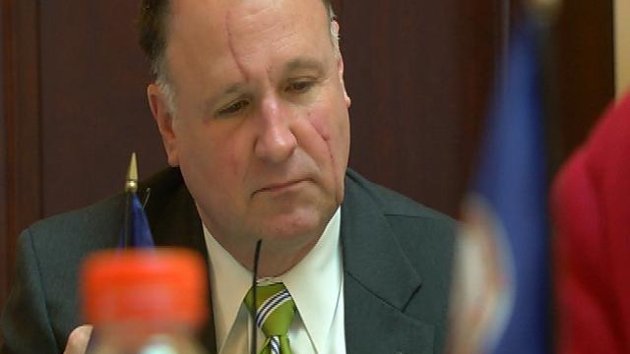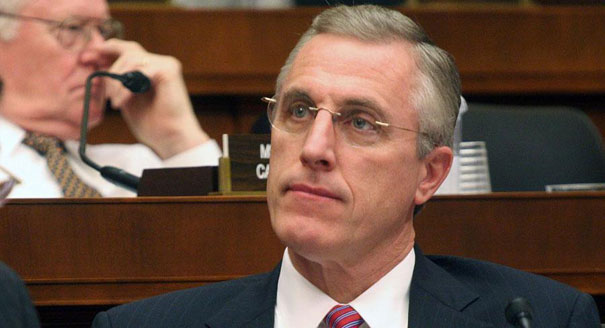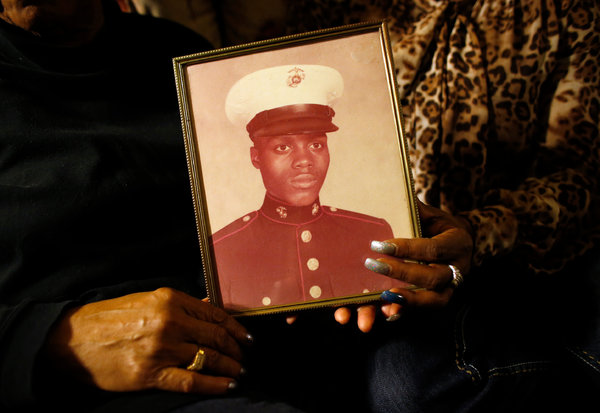
I’ve just obtained a copy of the Virginia Inspector General Report investigating the Virginia State Senator Creigh Deeds’ tragedy. You might recall that Inspector General Douglas Bevelacqua resigned after claiming that this investigative report was being watered down by his bosses. You can read the report by clicking here.







